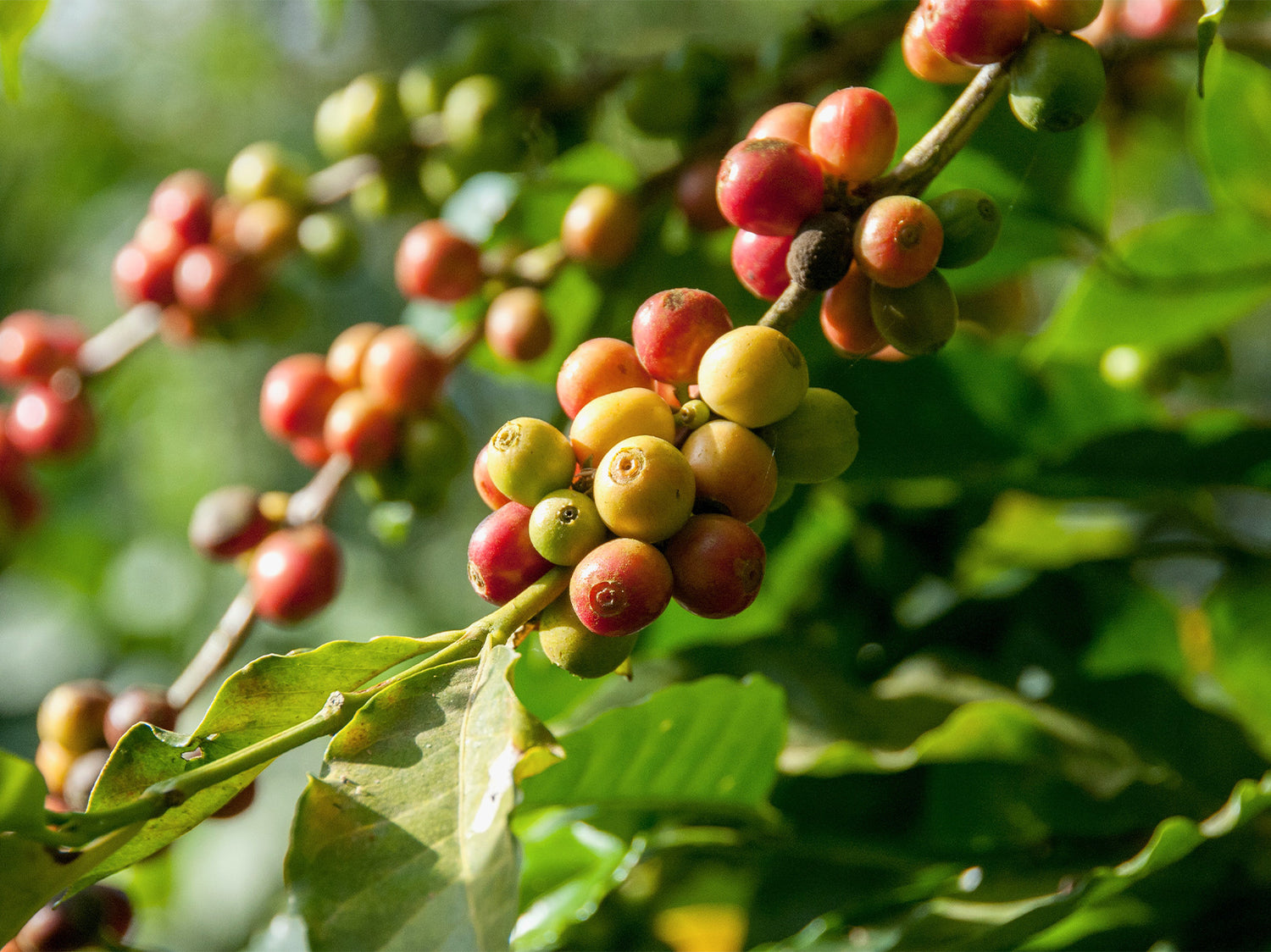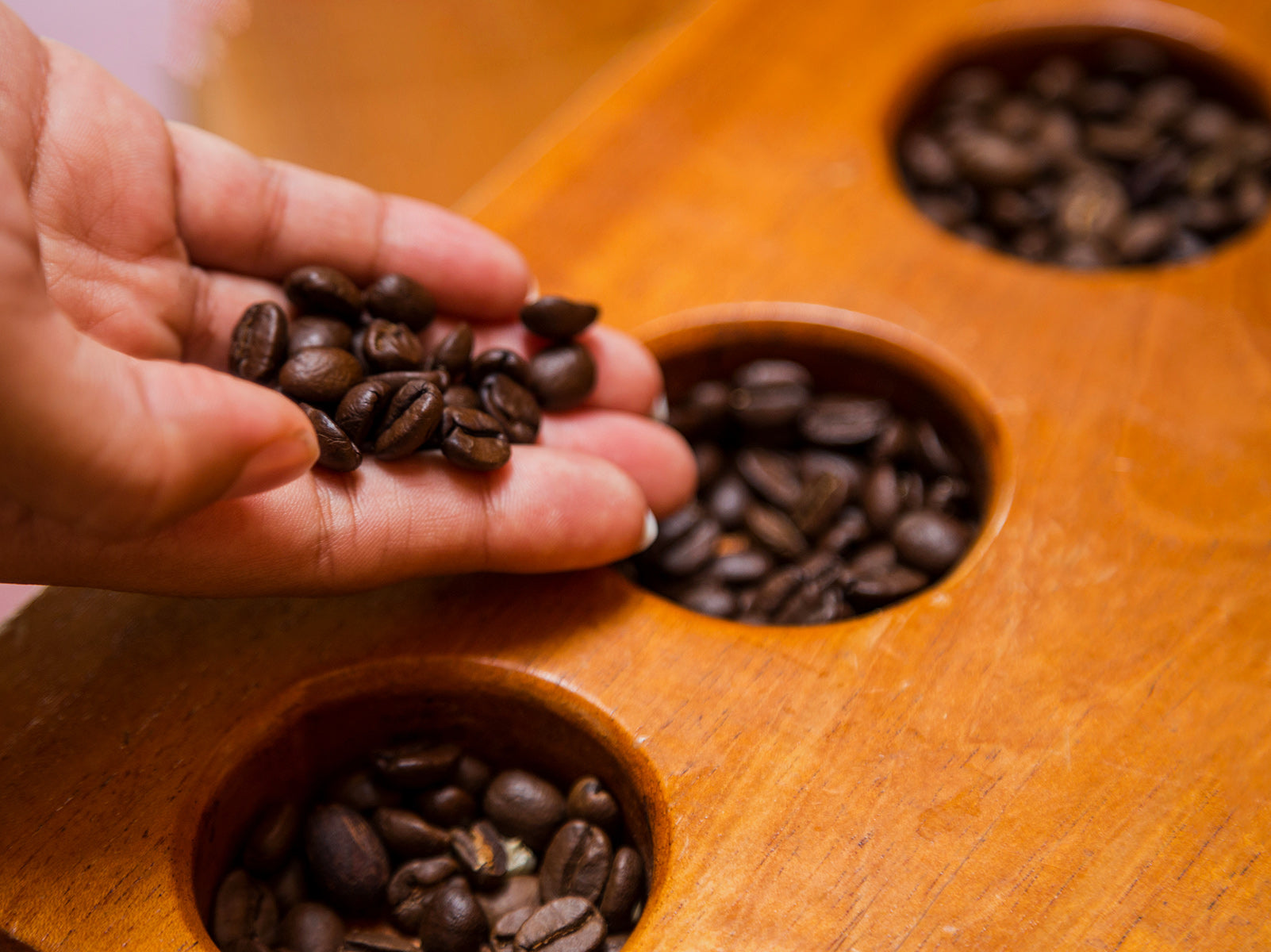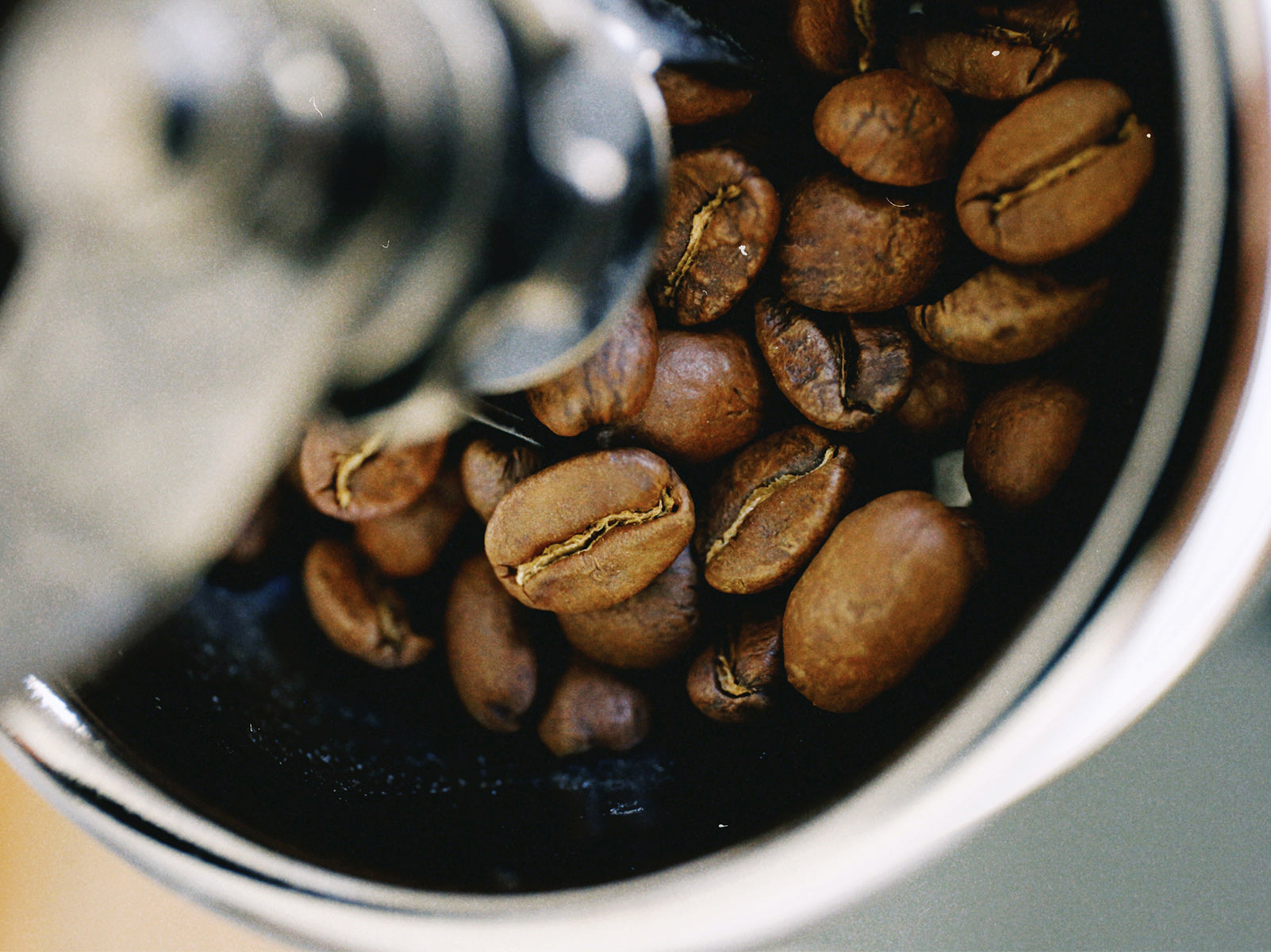All of us owe it to Kaldi, the goat herder whose goat discovered coffee, that we now have access to one of the most remarkable drinks in the world. (Google up Kaldi, you will find an interesting history/ story about it)
By now, you should be as mind blown as I am by the vast range of flavors, aromas, notes, and other attributes we get to experience in coffee. And it all starts with different coffee varietals. Varietals are simply different types of coffee beans(from its families), plants, and cultivars that have either mutated naturally throughout the years or created by scientists in labs.
The list of varietals is quite long and it is not practically possible to talk about them all in a single article. Therefore, in this piece, we are going to talk about the 9 most common coffee varietals out there and how they differ.
Disclaimer: It gets a little nerdy, to avoid nerdy info, you can skip to the last paragraph on each varieties. Let’s go!
1. Typica
Typica is known for its high level of sweetness, higher quality acidity, and clarity if grown in the right conditions. It is a relatively lower-yield plant, which is why finding it as a standalone varietal is unlikely.
It is a natural mutation and has its origins in Yemen. The Dutch cultivated it in Indonesia and the French imported it to the Caribbean, and from there it spread to Central and South America. Its plant is prone to leaf rust. Its cherry is conical in shape, which is unlike the majority of other varietals.
2. Bourbon
Bourbon is a sweeter varietal with noticeable acidity. It is a natural mutation that also originates from Yemen. It gets its name from the island of Bourbon, now known as Reunion Island. The French used to colonize this island and took this coffee to various parts of the world including the Americas.
Its cherry is round and short in size. The fruit and seed are dense, and even though the yield is 20-30% more than what is considered “typical”, Bourbon is still considered as a lower yield plant. Just like Typica, it is also susceptible to leaf rust.
Normally, Bourbon has red cherries but there are two other natural mutations as well: the yellow and orange Bourbon. Yellow is higher in acidity while the orange is relatively sweeter.
3. Caturra
Caturra is a natural mutation that belongs to a long list of both natural and man-made mutations from Bourbon. It originated in Brazil in 1915-1918 and is now more commonly cultivated in Central America because of the more suitable growing environment.
Caturra tree is a dwarf and it has quite a higher yield than the Bourbon varietal. Its size makes it quite easy to harvest. As for the attributes, it has a crisp and high-quality acidity but less body and sweetness in comparison to Bourbon.
4. Maragogype
Maragogype, pronounced marra-go-jee-pay, is best known for being quite a big bean. It is a mutation of Typica and has a lower yield. The bean looks twice the size of the majority of Bourbon and Typica varietals once roasted.
Maragogype breaks the stereotype that a bigger bean means more flavor. But that doesn’t mean they’re tasteless. They have a unique flavor and they are preferred for adding body to an espresso blend and its overall complexity.
5. Mundo Novo
Mundo Novo is quite popular in Brazil where it accounts for about 40% of Arabica in the country.
It is a natural mutation lying between Sumatra Typica and Red Bourbon.
Its tree is higher in yield and more disease resistant. It produces 30-40% more than Bourbon. Owing to the large amount of cherries the tree produces, this varietal lacks sweetness in comparison to others.
6. Catuai
Catuai is a man-made cross between Caturra and Mundo Novo by the Instituto Agronômico (IAC), Brazil. Unlike other varietals, it is preferred because of its strength and production rather than its flavor. Its cherries can hold on to the tree even in windy and rainy conditions. Even though it is highly susceptible to leaf rust, its plant’s shape makes it easier to apply pest and disease treatments.
With proper care, its tree can produce beans with greater sweetness and unique flavor.
7. Catimor
Catimor or Cat129 is a natural Caturra x Timor hybrid. This varietal is commonly found in Zimbabwe, Malawi, and Zambia. It is highly resistant to leaf rust and coffee berry disease, and its ability to adapt and thrive in many conditions. These qualities make it an attractive varietal to grow.
Moreover, it has a high yield and is easy to look after. It is, however, not as popular in terms of flavor. Its flavor is sharply acidic, sometimes verging on astringent.
8. Castillo
Castillo is a man-made varietal which comes from a long line of mutations going back to the Catimor. CENICAFE, Columbia’s National Coffee Research Center, released Castillo back in 2005. This varietal showed improvements over the Colombia and Tabi cultivars in terms of disease resistance, cup quality, and productivity.
It’s still a bit behind in terms of flavor, but due to continuous research and processing, the flavor is being improved consistently.
9. Pacamara
The Pacamara varietal is a cross between Maragogype and Pacas which was created by the Salvadoran Institute for Coffee Research(ISIC). It is grown primarily in El Salvador, where it often wins Cup of Excellence competitions owing to its high cup quality.
Even though it looks like Maragogype, it differs from it in terms of flavor. While Maragogype is underwhelming, Pacamara has high quality acidity, sweetness, and floral aromatics.
So, we have covered the basics on how to taste > types coffee bean > variety, we will move on to where they are grown.



